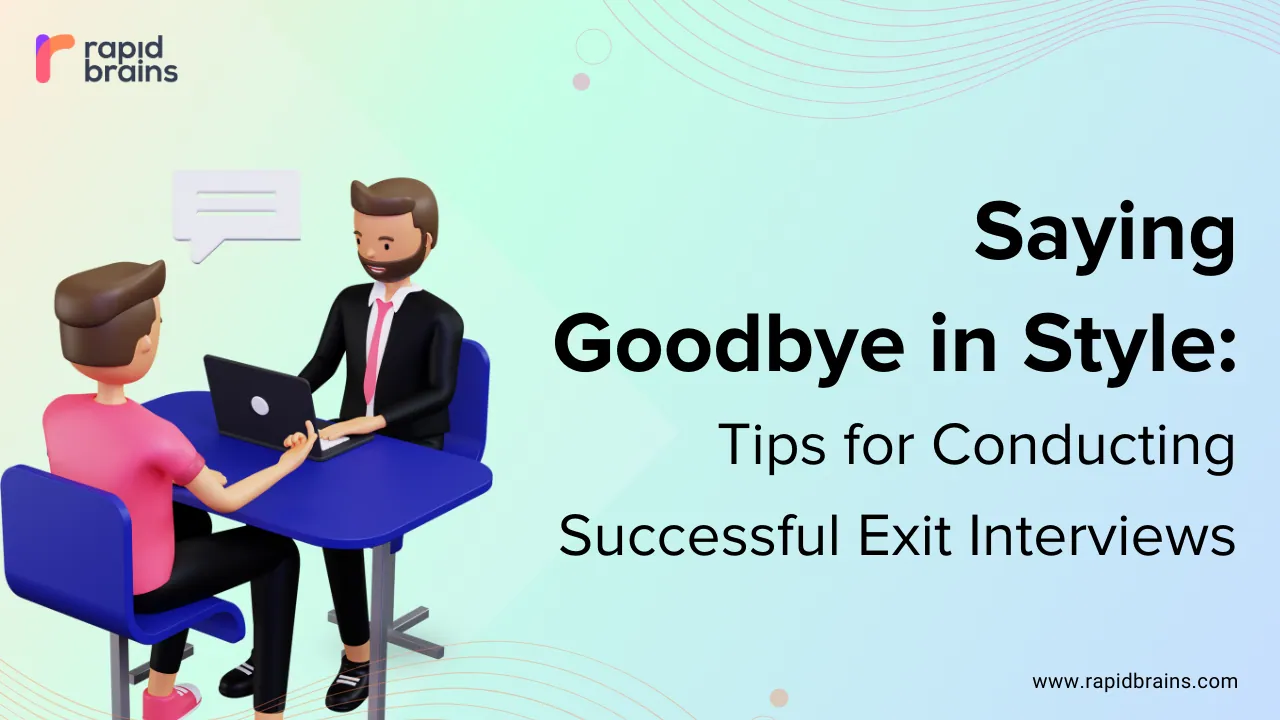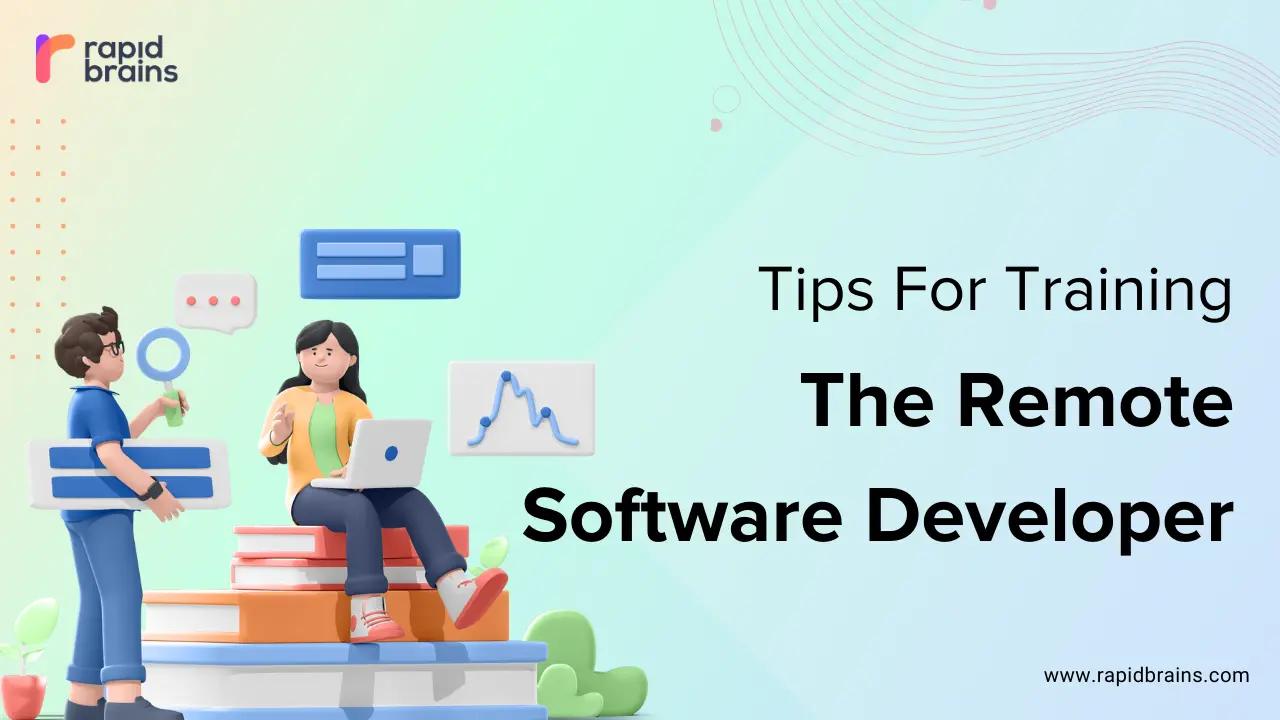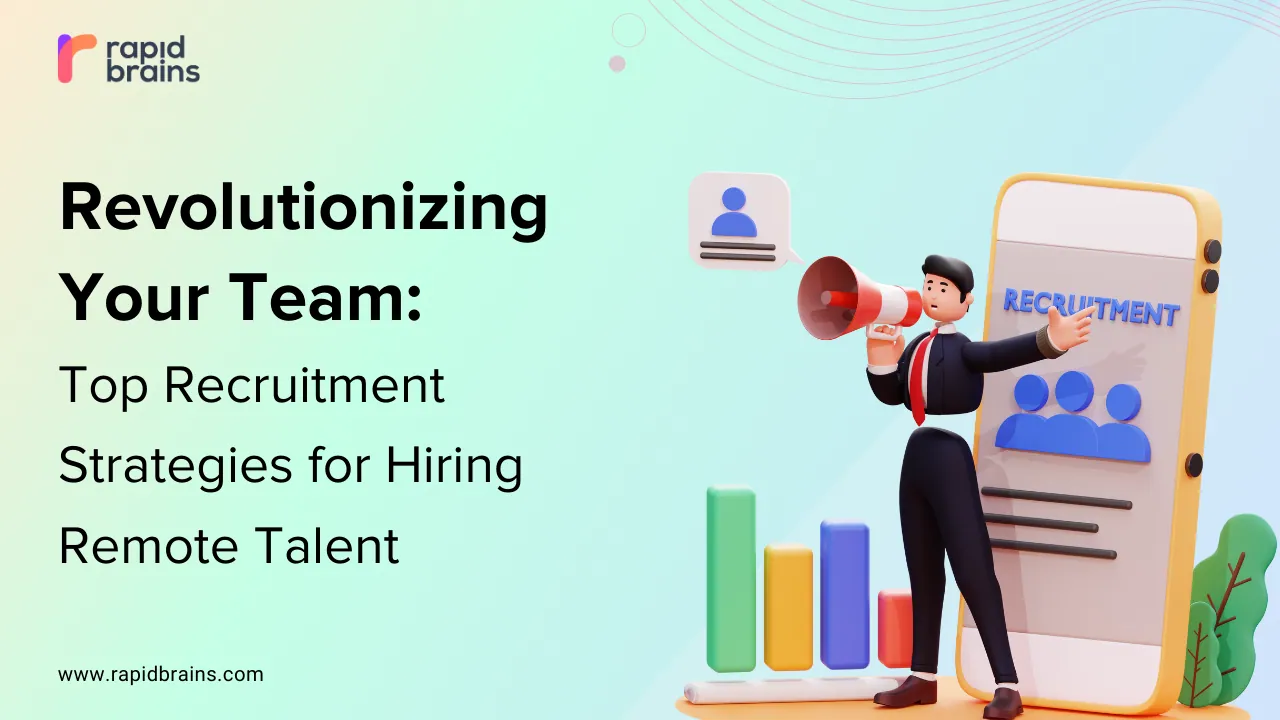
Introduction
Exit interviews are a crucial aspect of the employee offboarding process that often goes overlooked. When an employee decides to leave an organization, their insights and feedback can provide valuable information that can help improve the company’s culture, processes, and retention strategies. Conducting successful exit interviews not only benefits the departing employee by allowing them to express their thoughts but also provides the organization with an opportunity to make necessary changes and strengthen its workforce. In this blog post, we’ll delve into some essential tips for conducting successful exit interviews.
Create a Safe and Confidential Environment
The foundation of any productive exit interview lies in creating a safe and confidential space for the departing employee. Assure them that their feedback will remain anonymous and won’t have any negative consequences on their departure process or future references. This trust is essential in encouraging honest and open responses from the employee.
Choose the Right Timing
The timing of the exit interview is critical. Conduct the interview shortly before the employee’s last day or just after they’ve left. This allows them to express their experiences and emotions while the memories are still fresh, leading to more detailed and accurate feedback.
Use a Mix of Question Formats
To gain comprehensive insights, use a combination of open-ended questions and structured, closed-ended questions. Open-ended questions encourage employees to provide detailed explanations, while closed-ended questions provide quantitative data for easy analysis.
Examples of open-ended questions:
- What were the primary reasons for your decision to leave?
- Can you share your thoughts on the company’s culture and work environment?
Examples of closed-ended questions:
- Did you receive sufficient training and support to perform your job effectively?
- Would you recommend this organization to others as a great place to work?
Focus on Constructive Feedback
During the exit interview, concentrate on gathering constructive feedback that the organization can act upon. While it’s essential to understand the reasons for leaving, it’s equally important to identify areas for improvement within the company. This will help address systemic issues and create a better work environment for current and future employees.
Avoid Defensive or Judgmental Attitudes
As an interviewer, it’s crucial to remain neutral and avoid being defensive or judgmental, especially if the feedback is negative. Remember that the goal is not to challenge the departing employee’s opinions but to listen, understand, and learn from their perspective.
Analyze and Act on the Feedback
After conducting exit interviews, don’t let the feedback sit idly. Analyze the data collected, identify recurring themes or patterns, and take appropriate action. Share the insights with relevant stakeholders to develop strategies for improvement.
Track and Measure Results
To assess the effectiveness of changes implemented based on exit interview feedback, track and measure relevant metrics. This will help the organization evaluate its progress in enhancing employee satisfaction and reducing turnover.
Conclusion
Exit interviews offer a wealth of valuable information that can significantly impact an organization’s success. By creating a supportive environment, using a mix of question formats, focusing on constructive feedback, and acting on the insights gathered, businesses can conduct successful exit interviews and pave the way for continuous improvement. Remember, the ultimate goal is to foster a positive work environment that attracts and retains top talent while nurturing a culture of open communication and growth.




